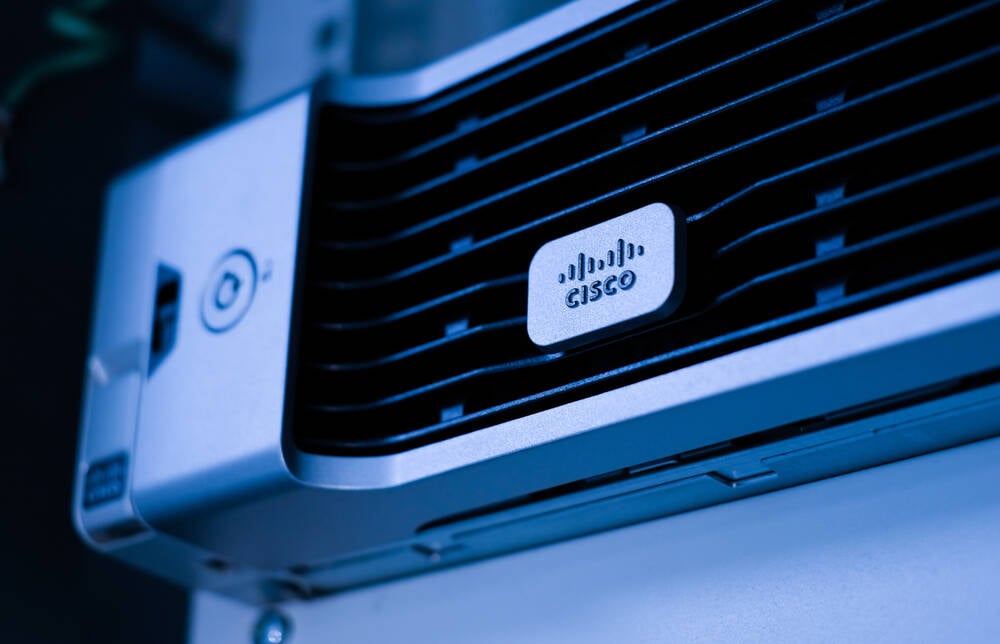Cisco Combines Meraki And Catalyst Into Single Wireless Brand

Cisco, tired of designing and building two discrete sets of Wi-Fi products, has merged its Catalyst and Meraki kit under the new "Cisco Wireless" moniker.
The first fruits of this strategy debuted at the company's Live conference in Australia on Tuesday, where it revealed a pair of Wi-Fi 7 access points – the CW9178 and CW9176 – that like all future Cisco Wi-Fi products can be managed using an on-prem controller or cloudy tools, all under the same license. Orgs can use both cloudy management or controllers on the same kit too if they so wish.
The devices are notable for being the same wherever they are sold. Regional variations required to meet local regulations can now be implemented in software, rather than requiring Cisco to build different boxes. This means customers can buy kit centrally and send it around the world, or can move it between countries.
Cisco has also changed the licenses for its Wi-Fi kit so that hardware buyers get a single agreement for hardware and management tools – plus support, which was previously optional. The licenses come in "Essentials" and "Advantage" tiers, each with different levels of functionality.
The Register put it to Cisco that Broadcom's decision to bundle support with VMware products increased costs.
Matthew Landrey, Cisco's product management veep for networking and security, told us that the company "modeled total cost of ownership for customers and, roughly, for included value, we are not increasing costs."
Cisco's "Spaces" Wi-Fi asset location and IoT platform is included in the licenses. Whether customers who just want fast and manageable Wi-Fi want Spaces is another matter – they're getting it from now on, at prices reflecting its inclusion. We're told this inclusion of Spaces has nothing to do with Cisco quitting the LoRaWAN market.
- Cisco is abandoning the LoRaWAN space, and there's no lifeboat for IoT customers
- Cisco confirms 'ongoing investigation' after crims brag about selling tons of data
- Why Cisco reportedly wants in on CoreWeave's rent-a-GPU racket
- I made this network so resilient nothing could possibly go wro...
Existing users of Catalyst or Meraki gear won't be forced off their current licenses, but Cisco will offer jumping off points at renewal time, or before if you're game.
And of course plenty more hardware is in the works – Landrey acknowledged that the two new access points aren't enough to satisfy all needs.
Landrey also told us that this change to Cisco's wireless products will eventually be reflected across its range, with simpler licenses that cover more products and consolidated product ranges.
He admitted that this is good for Cisco – it will have less design and manufacturing work to perform – but argued users will also enjoy simplified portfolios and licenses starting from December 2024, which is when these new ones kick in. ®
From Chip War To Cloud War: The Next Frontier In Global Tech Competition
The global chip war, characterized by intense competition among nations and corporations for supremacy in semiconductor ... Read more
The High Stakes Of Tech Regulation: Security Risks And Market Dynamics
The influence of tech giants in the global economy continues to grow, raising crucial questions about how to balance sec... Read more
The Tyranny Of Instagram Interiors: Why It's Time To Break Free From Algorithm-Driven Aesthetics
Instagram has become a dominant force in shaping interior design trends, offering a seemingly endless stream of inspirat... Read more
The Data Crunch In AI: Strategies For Sustainability
Exploring solutions to the imminent exhaustion of internet data for AI training.As the artificial intelligence (AI) indu... Read more
Google Abandons Four-Year Effort To Remove Cookies From Chrome Browser
After four years of dedicated effort, Google has decided to abandon its plan to remove third-party cookies from its Chro... Read more
LinkedIn Embraces AI And Gamification To Drive User Engagement And Revenue
In an effort to tackle slowing revenue growth and enhance user engagement, LinkedIn is turning to artificial intelligenc... Read more

